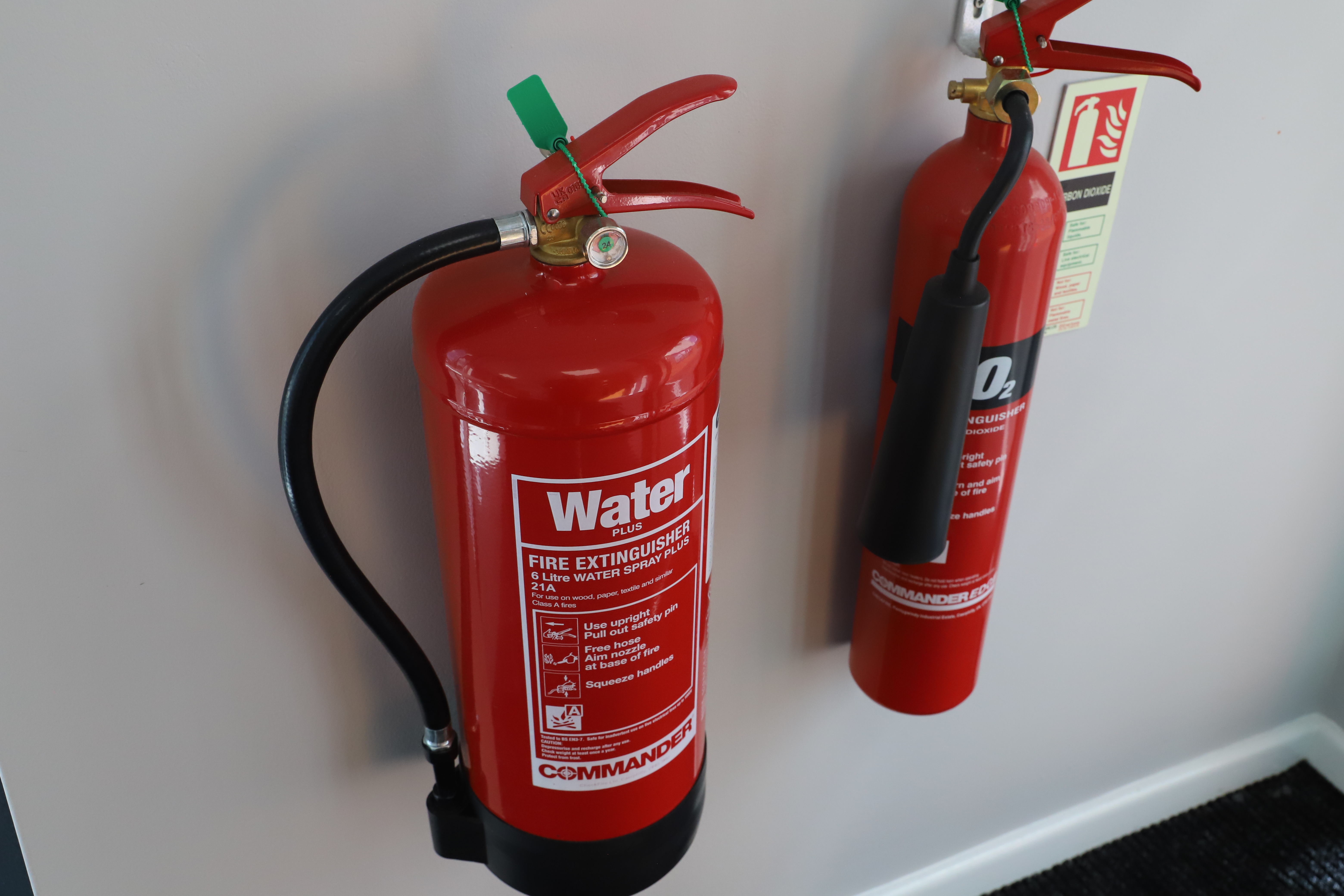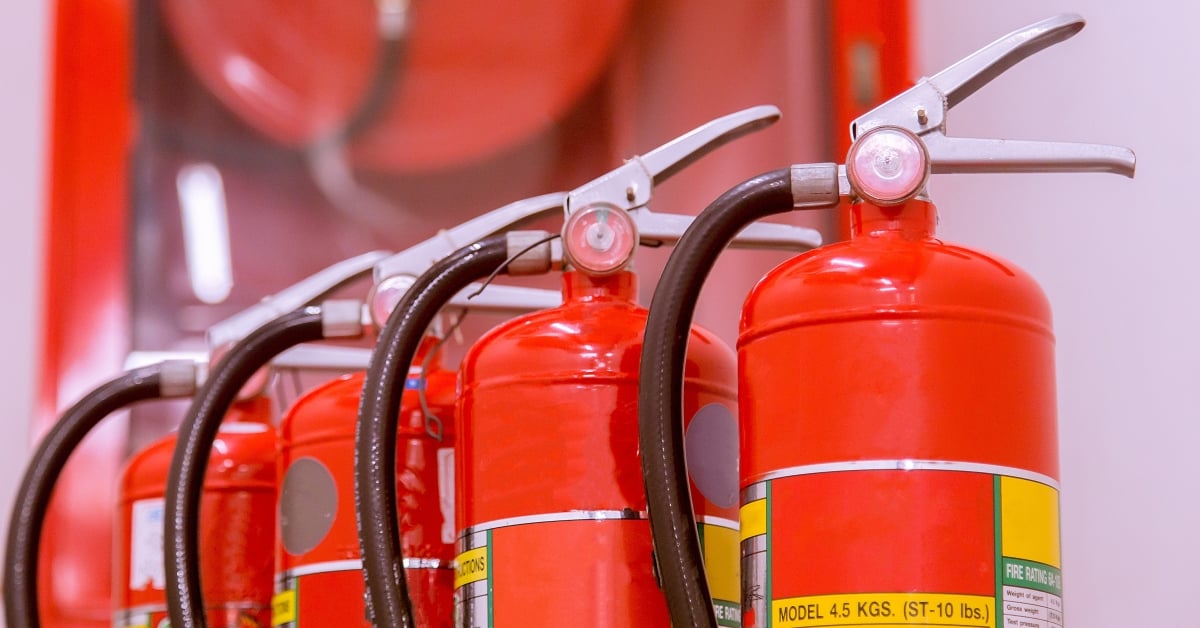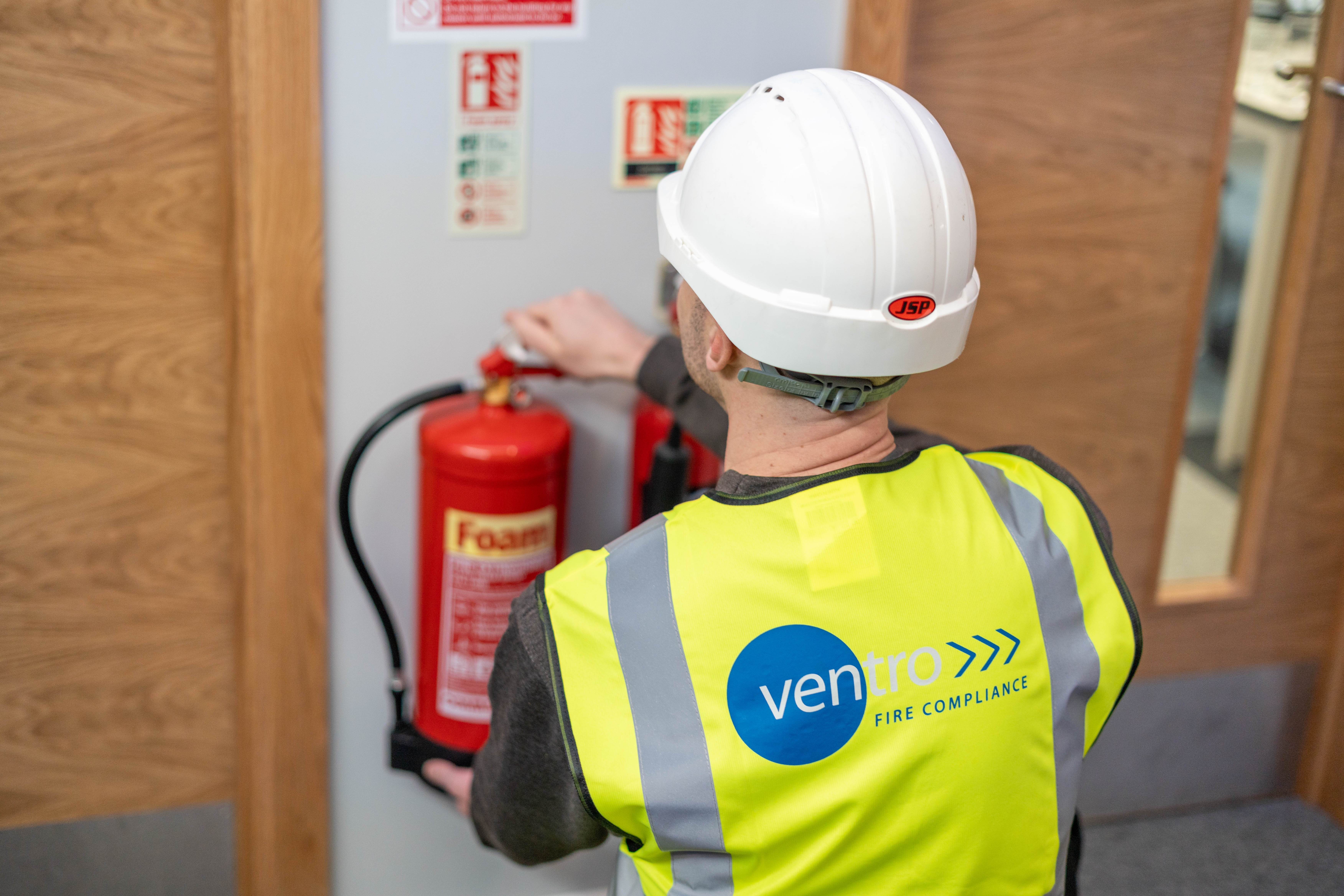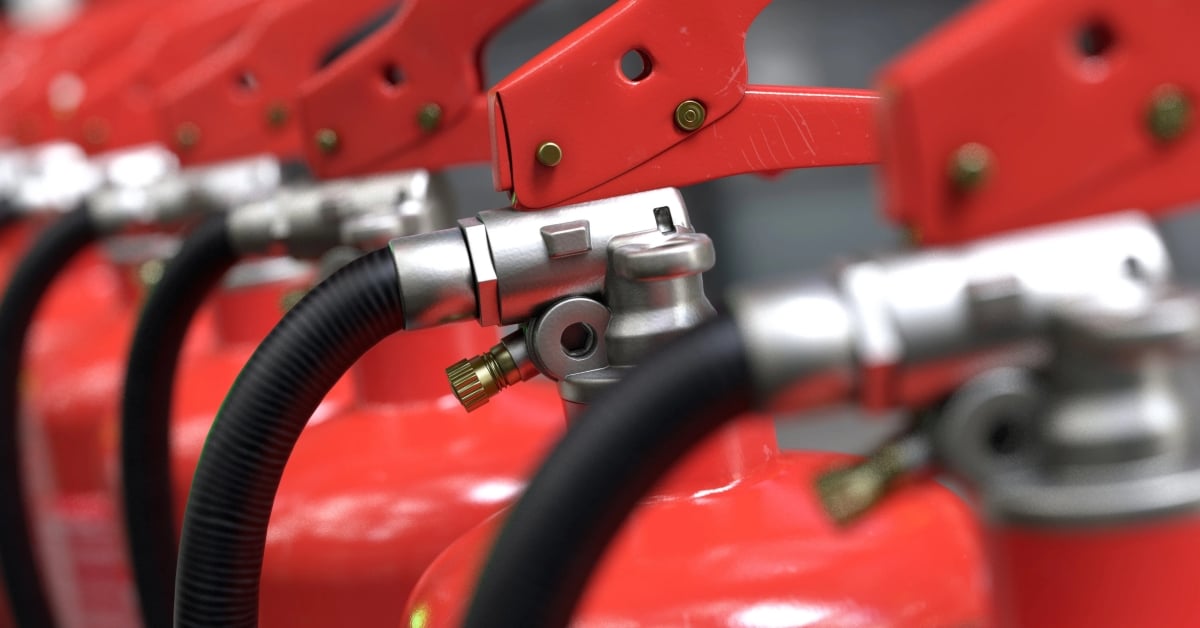Fire Extinguishers & PFAS Chemicals: What You Need to Know for 2025 and Beyond

As PFAS regulations continue to tighten across the UK and EU, many organisations are seeking clarity on what this means for their fire extinguishers.
Here's a straightforward breakdown of what’s changing and when:
C8 Based Foam Extinguishers (Long Chain PFAS)
- These extinguishers contain C8 chemicals, which have been identified as harmful to the environment
- They’ve largely not been sold in the UK since 2018, so most of these extinguishers should already be decommissioned.
- Any remaining C8 units must be disposed of correctly by July 2025, in line with updated environmental legislation.
C6 Based Foam Extinguishers (Short Chain PFAS)
- From 2017 onwards, most manufacturers of UK fire extinguishers switched to C6 PFAS, considered less harmful but still under regulatory review
- These are still compliant for now, but are expected to be phased out by 2030
- Replacement should occur as part of your extinguishers natural servicing cycles with no need for immediate replacement
What are PFAS?
PFAS (Per- and Polyfluoroalkyl Substances) are a group of man-made chemicals used for their water and stain-resistant properties. Commonly found in firefighting foams, non-stick cookware, and industrial products, PFAS are often called “forever chemicals” because they do not break down easily in the environment or the human body. Some types, such as PFOA and PFOS, have been linked to health risks and environmental contamination, prompting increasing regulatory action. These are typically only found in Aqueous Film-Forming Foam extinguishers commonly known as AFFF extinguishers.
So, What Should You Do?
- Audit your extinguishers to ensure no C8 models remain
- Plan to replace C6 units at end of life unless legislation changes sooner
- Stay informed as regulators are still assessing the long-term future of C6 chemicals, so make sure to follow Ventro for more information.

Identifying C8 Fire Extinguishers
With the July 2025 deadline approaching for the disposal of C8-based foam fire extinguishers, it's essential to know how to identify units that may no longer be compliant. As mentioned earlier in this blog, these extinguishers have largely not been sold in the UK since 2018 and contain long-chain PFAS chemicals like PFOA and PFOS, which have been linked to serious environmental and health risks.
How to check if your extinguishers need replacing:
- Examine the Label and Product Information
Start by reviewing the extinguisher’s label. Look for any mention of:
- PFOA, PFOS, C8, or perfluorinated compounds
- Older labels may refer to long chain fluorotelomer surfactants, which strongly indicate C8 content
- Check the Manufacturing Date
The production date is a strong indicator of compliance:
- Units manufactured before 2015 are more likely to contain C8 chemicals
- After 2018, most manufacturers transitioned to C6-based formulations, which are less harmful but still under regulatory review
- If no date is visible, it's safest to treat the extinguisher as outdated and plan for replacement
- Review the Safety Data Sheet (SDS) or Technical Specifications
If available, consult the extinguisher’s SDS or technical sheet. These documents often list:
- Chemical ingredients, including any PFAS or fluorinated compounds
- Look specifically for PFOA, PFOS, C8, or general references to perfluoroalkyl substances
If the SDS is unclear or missing, contact the manufacturer for confirmation.
At Ventro, we’re supporting clients with PFAS free alternatives and practical transition plans. If you're unsure what’s on your site or how to comply, our team is here to help. Email Contactus@ventrogroup.com if you’re unsure or would like to speak to one of our experts.






